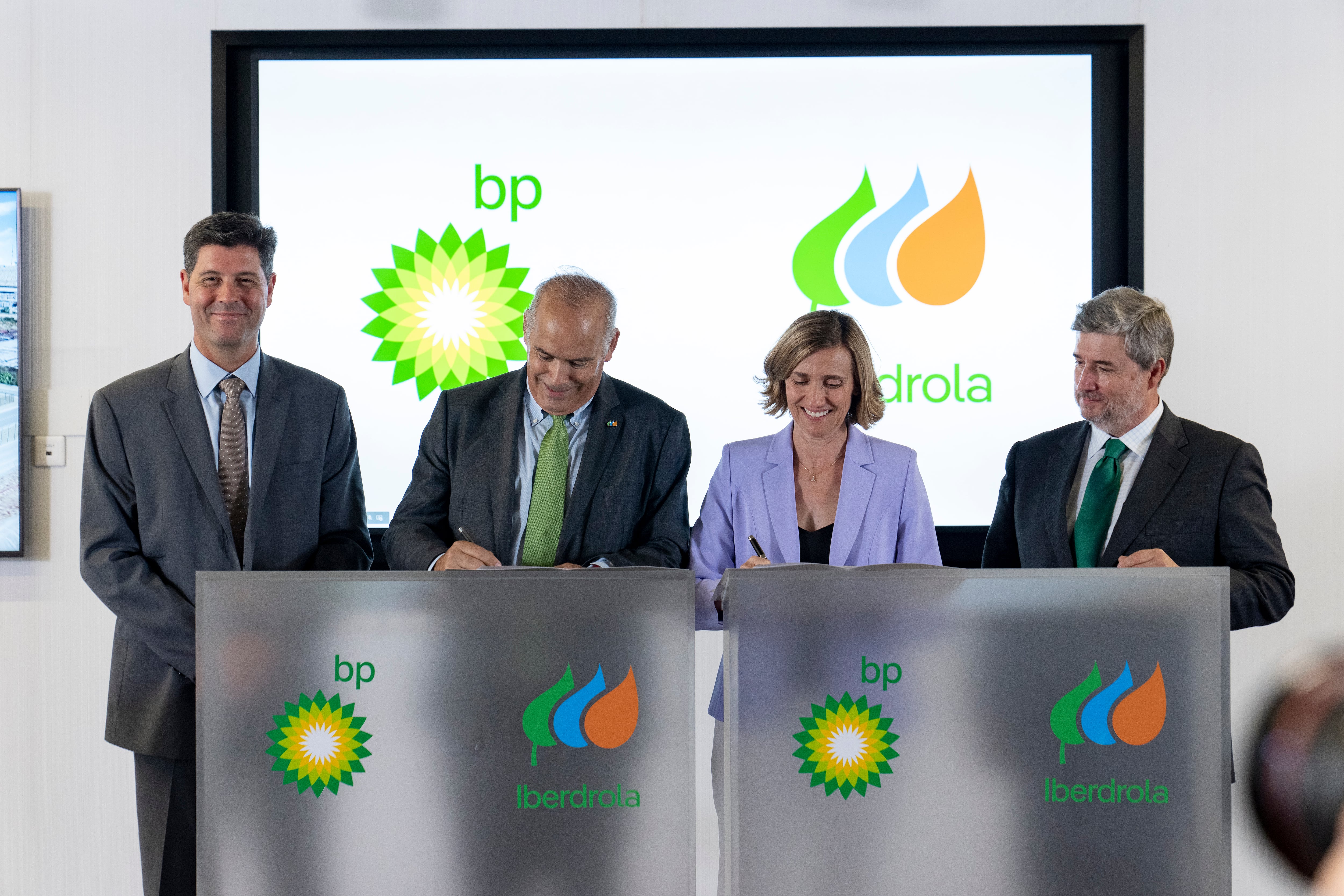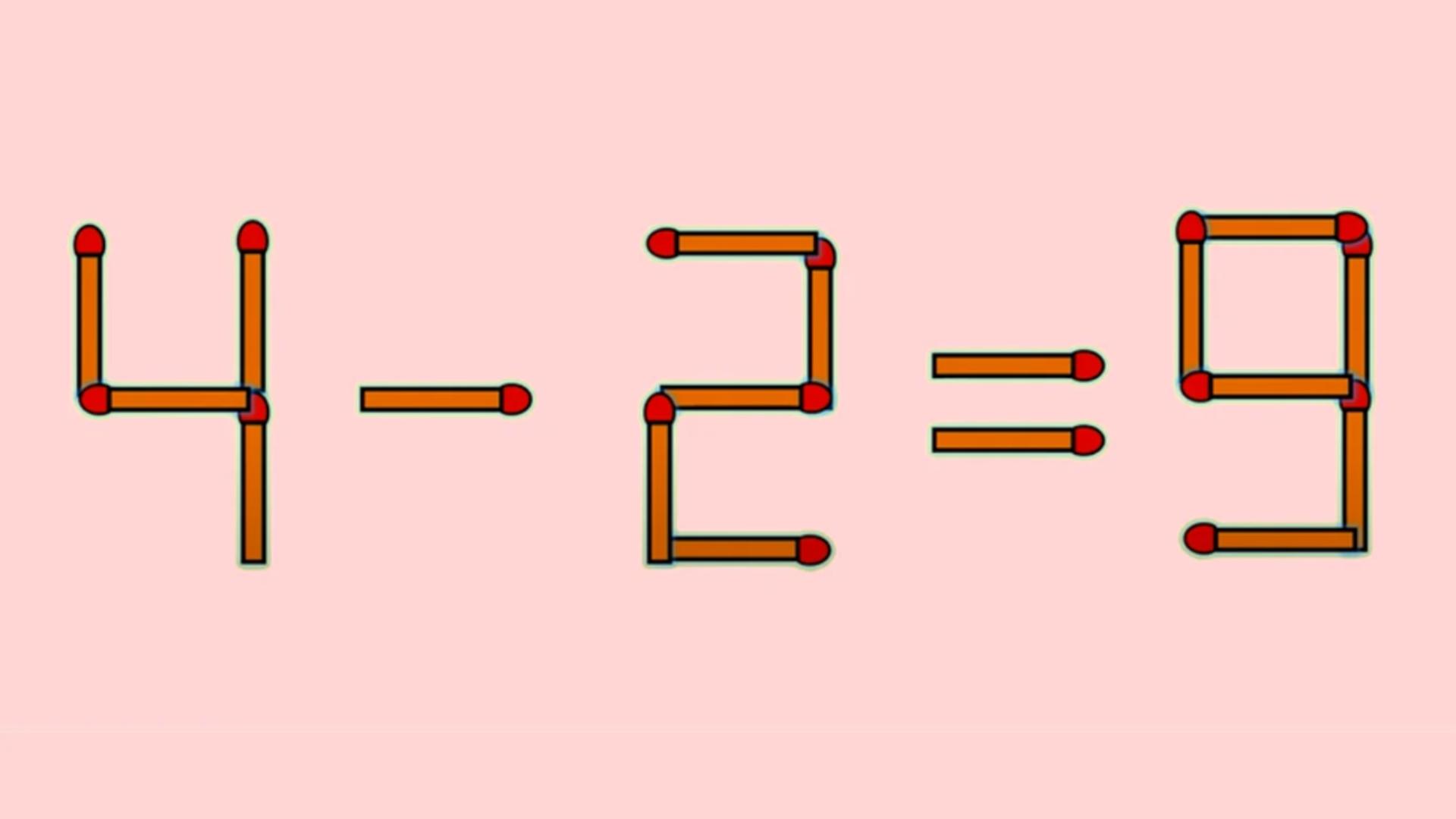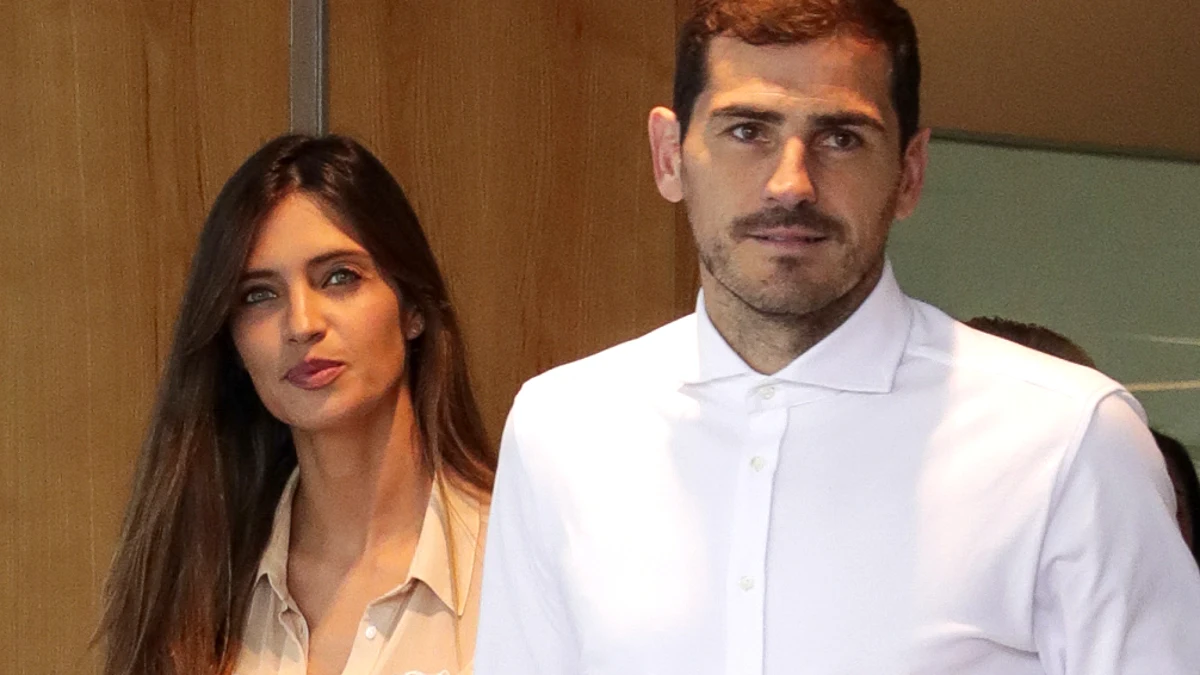The front door to the Record Plant — where Beyoncé once booked every room to record Lemonade, Kanye West and Pharrell rode motorized scooters through the hallways and Michael Jackson, Rihanna, Eminem, Lady Gaga and hundreds of others made classic albums — is locked. There are no cars in its parking lot across the street. And the 55-year-old studio, which moved to this location on North Sycamore Avenue in Los Angeles in 1985, is “set to close” forever, according to a July report in Los Angeles magazine that was widely repeated online.
But the truth is more complicated. The fate of the Record Plant is in the hands of a U.S. bankruptcy court in California, the result of a multimillion-dollar squabble between a fast-talking Italian music producer and a prolific hitmaker for Bruno Mars’ songwriting and production team, the Smeezingtons. Court trustees will sell the Record Plant’s assets to pay its creditors, then grant what’s left of the business to the highest bidder. The new owner could then decide to close it for good or keep it open.
“I think the brand means something,” says Rick Stevens, a former major-label executive who bought the studio in 1991. “The high-tech living room, the level of service and differentiating itself from most of the other recording studios on the planet — if somebody [buys it and] does that, the Record Plant brand could be revitalized and reborn.”
The latest era of Record Plant turmoil began in 2016, when Stevens realized producers were eschewing expensive studios to make music with ProTools and Ableton in their bedrooms. “I had been planning an exit for a couple of years,” he says. “It was time to move on.”
At the time, Stevens was also working as CEO of an entertainment company run by billionaire Ron Burkle; they built an investment firm that sought to buy holdings in electronic dance music. Stevens found himself regularly visiting the dance-party island of Ibiza, “in the heyday of the EDM world,” as Stevens recalls. There, he befriended Marcel Boekhoorn, an accountant-turned-entrepreneur who was a billionaire and owned a yacht. Boekhoorn said he was working with Mars and a colleague, Philip Lawrence, the songwriter and producer whose name appears on the credits of just about every Mars song, plus hits by Adele, Justin Bieber and others.
A self-taught pianist who had been a performer at Disney World, Lawrence first met Mars through a mutual friend. They rose together, and Lawrence soon became an eight-time Grammy Award winner, mega-rich in the music business. He was also troubled. In a 2020 interview, he acknowledged cheating on his wife, celebrity stylist and fashion designer Urbana Chappa, then going to rehab. “I did not understand the impact of my behavior. I did not understand how damaging cheating is,” he said. “I had to get sober. That was my initial assignment — what is this thing that’s blocking me from becoming a whole person? … How can I be well?”
Boekhoorn and Lawrence partnered in a new company, Philmar, which bought the Record Plant from Stevens in late 2016. Their idea, according to Amsterdam filmmaker Remko Peters, a friend of Boekhoorn who wound up as a managing partner at the studio, was that Lawrence would scout and develop music talent and bring them to the Record Plant to record. (Boekhoorn declined to answer questions for this story.)
The plan worked — for a few years. Shawn Mendes, Chaka Khan, Mars himself and other top stars recorded at the Record Plant during this period. But soon, Lawrence and Patrizio Moi, the Italian producer who has worked with Bieber, Meghan Trainor, Pavarotti and others and had a long-standing deal to work in Record Plant’s upstairs studio, had a dispute over money. “Lawrence,” Moi says, “did not do what he was supposed to do.”
‘I WANT TO LIVE HERE’
The first Record Plant first opened in 1968 in New York City, and the Los Angeles installation followed a year later, debuting with a party invitation that read, “L.A.’s First Hunchy Punchy Recording Studio,” as co-founder Chris Stone later wrote. One of its founders, engineer Gary Kellgren, supplemented its state-of-the-art technology, including multitrack tape machines, large consoles and monitor mixers, with an innovation — studios resembling living rooms. “When we started Record Plant, recording studios were like hospitals: fluorescent lights, white walls and concrete floors,” Stone wrote. “The best and greatest compliment that any artist who came to work with us could make was, ‘My God, this is beautiful — I want to live here.’”
Soon megastars from John Lennon to Fleetwood Mac to Stevie Wonder were recording at the studio on 3rd Street in West Hollywood, and the off-duty activities, for many, had become at least as attractive as making records. “This place was a rock ‘n’ roll mecca complete with a hot tub room and other creative spaces specifically designed for orgies and drug use,” wrote Jim Peterik, a member of the ’80s band Survivor, in his 2014 memoir Through the Eye of the Tiger. “Each recording console was equipped with razor blades for chopping cocaine and at least three boxes of Kleenex.” Buck Dharma, guitarist for Blue Öyster Cult, which recorded its 1979 album Mirrors at the LA Record Plant, recalls to Billboard, “We were half-jokingly cautioned about getting into the hot tub. It had a reputation for being funky.”
In 1991, Stevens, a former A&R executive at MGM and Polydor, read a Los Angeles Times article about the LA installment of the Record Plant, by now in its second location on North Sycamore Avenue, and assembled a group to buy it. His innovation was to pamper clients “at the highest level, the way they live,” he says. “My goal was to say, ‘I want these people treated like they’re at a five-star hotel.’” He also brought in a key employee: Rose Mann-Cherney, on-site manager, beloved by clients for decades. “Nobody knew better how to deal with the stars,” Stevens says. “She was able to help me execute my vision.” (Mann-Cherney did not respond to requests for comment.)
The reborn Record Plant returned to its former glory, drawing music’s biggest names for years: Celine Dion, Barbra Streisand, Janet Jackson, Michael Jackson, Eminem, Beyoncé, Rihanna, Bieber and dozens of others. Prince built his own studio there in the late ‘90s, and signed the studio’s guest book with his symbol. “Record Plant is the best studio I’ve ever been in. It’s unexplainable. I don’t know if it’s the piece of property it sits on or the stories in the walls,” says Paul Blair, the producer known as DJ White Shadow, who worked on Lady Gaga’s ARTPOP and other hits at the studio. “It was just like the perfect storm of awesomeness. There was this little glass room that had all the records. I’d go back there and Lionel Richie and Quincy Jones would be drinking red wine. Before Fifth Harmony took off — the girls were probably 14 — they were laying on the floor playing board games while taking turns cutting their parts.”
Adds CJ deVillar, a Record Plant staff engineer from 1997 to 1999 who worked with Michael Jackson and many other stars: “It was a really great culture there for a while.”
LAWSUITS, DIVORCE AND BANKRUPTCY
In 2014, Moi visited the Record Plant and decided he loved everything about it — “I had goosebumps,” he says — and made a deal with Stevens to rent a two-room upstairs studio, Digi-Plant, as resident producer. Moi spent earnings from his London real-estate portfolio to invest in equipment and renovations.
When Boekhoorn and Lawrence’s Philmar bought the studio two years later, Moi was disappointed. He and Stevens were close — Stevens calls Moi “my favorite Italian guy” — and Moi had suggested buying it himself, but they never advanced beyond the price-negotiation phase. Philmar won out with a better offer. “It’s business, right?” Moi says. “I was upset, but I was like, ‘That’s how it went.’”
In January 2017, Peters, the studio’s managing partner, proposed a deal to Moi: The Italian producer would relinquish Digi-Plant so BMG could rent it for a higher price. In exchange, Moi would receive equity in the Record Plant, making him a minority owner. Moi agreed. (Peters says the BMG story is “not correct.” He believes Lawrence and Moi initially liked each other but had their own ways of making and producing music, and their relationship eventually soured.) “It’s always about money,” Peters says. “What’s new?”
Moi declared himself an owner of Record Plant and insisted on receiving shares of its profits. But Lawrence and Philmar “began manufacturing excuses to string along Moi, and ultimately refused to share any profits,” Moi’s attorneys argued in court documents. A source close to Lawrence responds that Moi, “a difficult man,” took advantage of the proposed 2017 deal to “hijack” the Record Plant trademark, “somehow get control” of its email address and “started launching lawsuits.” The source adds: “He absolutely robbed the Record Plant.”
Record Plant Recording Studio
Moi sued Philmar in 2018, arguing that he had a 20% stake in the Record Plant, according to court documents. (This later increased to 27%, when Moi bought out a minority partner, he says.) Two years later, Boekhoorn, the Dutch billionaire who was a partner in Philmar, left the business, selling his stake to Lawrence for nearly $2.8 million, according to court records. “It’s one of the most expensive studios in L.A.,” Peters says. “After Covid, people bought their own studios at houses.”
That left Lawrence as president and CEO of the Record Plant. And the litigation with Moi was taking a toll on Lawrence’s finances. According to Moi, Lawrence told him, “This thing is a money pit. This thing is not working financially. Take the Record Plant but dismiss the lawsuit.”
In October 2020, Lawrence and Moi began negotiating a legal settlement. Moi says he met with Lawrence in New York for several hours, four or five days in a row, hammering out a handshake deal. On Nov. 8, 2020, Moi visited Lawrence’s house in Los Angeles for a one-on-one meeting, with no attorneys present, and asked the Smeezingtons songwriter to sign a complicated, 89-page agreement that would make Moi and Lawrence co-owners of the Record Plant. As court records show, Lawrence signed a “Purchase and Sale Agreement” transferring ownership of the studio to Moi, as well as numerous other documents, such as a transfer of the Record Plant trademark and its website domain.
As part of the agreement, Moi paid Lawrence $1. Why such a low amount? Because Lawrence owed so much money to Moi, as a Record Plant partner who owned 27% of the company but had not received any equity payments, they executed the deal basically for free — and in exchange for wiping out Lawrence’s debt to him, Moi took ownership of the studio. “The dollar was whatever,” Moi says. “He had to put some price in there.”
Moi moved to take over ownership of the Record Plant, but Lawrence objected, claiming the November 2020 agreement he signed was made under false pretenses — “specious,” his attorneys later called the agreement in a lawsuit. Miles Cooley, an attorney for Lawrence, later declared in court that Moi had neglected a “proposed transaction,” a “closing” and several other requirements outlined in a letter of agreement in order for him to take over the Record Plant. “Without those items resolved, it was illogical, absurd and entirely without any factual basis for Moi to assert that he was ‘owner’ of Record Plant,” Cooley said.
The source close to Lawrence says the Smeezingtons songwriter was characteristically “trusting, probably over-generous, not contentious” and “was just trying to find an amicable solution with Moi.” The source adds that Lawrence “just took Moi’s word he was going to do the right thing,” but “Moi just went in and grabbed everything,” including Record Plant’s trademarks. In court documents, Lawrence and Philmar accused Moi of “international misrepresentation” and “fraudulent inducement.” In his statement, Cooley added, “No court in this state would ever believe that Lawrence transferred the Record Plant business to Moi for $1.”
Moi’s response in court was to declare the Nov. 8 agreement to be “binding and enforceable” and accused Lawrence and Philmar of acting with “malice, fraud and oppression.” The dueling lawsuits are elaborate and ugly. They became uglier still when Lawrence threw in an unexpected curveball — last August, he filed for bankruptcy.
Moi’s attorneys dug up Lawrence’s 2022 divorce proceeding with his wife, Chappa. In April, Robb Report described their Los Angeles mansion — which contained a Moroccan-inspired spa — as a “lavish Encino spread … loaded with every amenity imaginable and then some.” The cost of the house was $11.5 million. The article did not mention that Chappa had hired a forensic accountant to look into Lawrence’s financial affairs, in order to determine his obligations to her and the couple’s four young children. According to court records, Lawrence had nearly $22 million in property assets from three homes and $90 million from selling his song catalog to Tempo Music Investments, a music-investment company that partners with Warner Music Group. Lawrence also borrowed $15 million from Hipgnosis, the music-catalog company that has purchased hundreds of millions of dollars worth of songs from top songwriters, using his own catalog as collateral.
But Lawrence also had massive debts, including more than $23 million due in back taxes, according to court records. And as part of their divorce proceeding, Chappa accused Lawrence of withholding key financial details about his assets. According to court records, Lawrence asked a business manager to hold $2.3 million of his money — an amount he had not disclosed in the divorce proceeding.
“Look, he knows he made mistakes,” the source close to Lawrence says. “He got himself in a bit of a mess.”
WHAT’S NEXT FOR THE RECORD PLANT?
The type of bankruptcy Lawrence’s company Philmar filed in March was Chapter 11 — a reorganization of the company’s debts and assets under court supervision. But in June, Moi requested that the bankruptcy court change the designation to Chapter 7 — a more extreme form of bankruptcy that would require Philmar to liquidate all of its assets to pay off its many creditors. The court agreed.
“He couldn’t keep up the legal fees,” says the source close to Lawrence. “His only option, at that point, was bankruptcy.”
Where does that leave the Record Plant? It’s unclear. Moi is aggressive about wanting to be the studio’s owner, and has plans to renovate the studios, buy more equipment and work with the landlord, CIM Group, to resume the studio’s rent payments. (A CIM representative declined to comment.) He claims he owns the Record Plant trademarks, while bankruptcy-court trustees control the furniture, speakers, consoles and microphones contained in the building.
Due to Philmar’s Chapter 7 status, the trustees in the bankruptcy proceeding are required to sell the Record Plant assets to pay off the creditors (which include CIM for back rent payments, and Moi for equipment, as the Italian producer argues in court). But another buyer could come in and take over the assets. Amy L. Goldman, a court trustee, said in a July filing she has had sale discussions with “Mr. Moi, the landlord, [Philmar’s] principals, and at least two others.” “When you sell in bankruptcy, you are required to get the highest and best price,” says Mary Whitmer, a bankruptcy attorney in Cleveland who is not involved in the case. “[The trustee] will tell all of them, ‘Whatever bid you make, I’m going to shop it around.’”
Despite his bankruptcies, Lawrence, who identifies himself as the Record Plant’s owner and CEO, plans to keep the studio open if he winds up as the permanent owner, sources close to him say. Boekhoorn, the Dutch investor, could potentially be involved. (“Perhaps,” says Peters, Boekhoorn’s filmmaker friend who worked at the Record Plant. “I cannot say yes, I cannot say no.”) But if Moi emerges as the studio’s owner through the bankruptcy proceeding, he will keep running it as a music studio. “I will double down and invest whatever it takes to relaunch it,” he says. “Three more studios upstairs, and renovate four studios downstairs. A major Italian renovation.”
Adds Moi: “We want the Record Plant to survive. I’m trying my best.”





_23e15315e7.jpg)


















